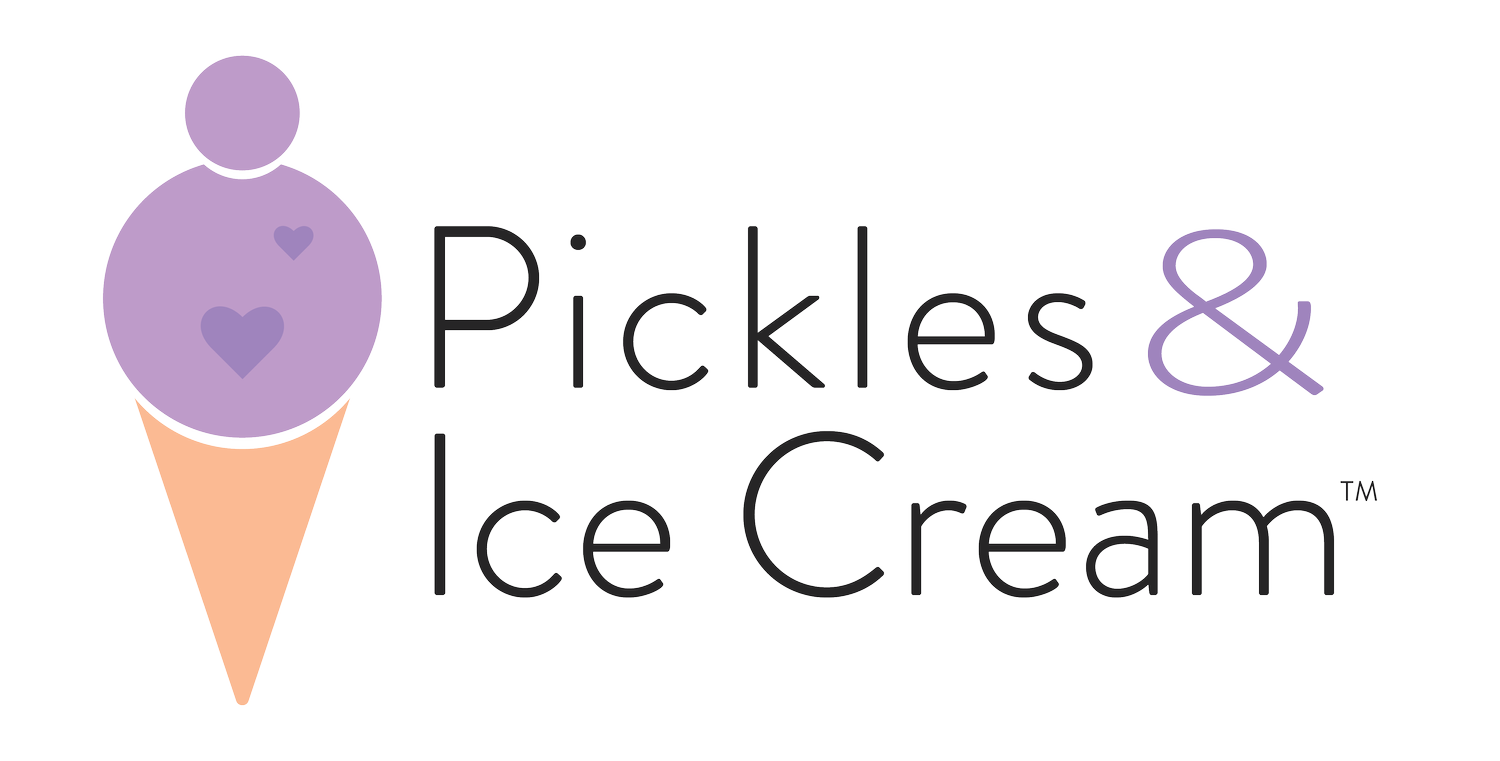Skin Conditions During Pregnancy
There are many frequently asked questions about varying skin conditions that can occur during pregnancy and breastfeeding. Many of these conditions are completely normal and will fade soon after giving birth. Others may take a bit longer to clear. Either way, do your research, confide in your healthcare providers, and embrace the changes!
Common Skin Conditions During Pregnancy
During pregnancy, you may notice various changes to your hair, nails, and skin. Some most common skin changes include:
Dark Spots (located on the inner thighs, breast, and/or nipples)
Melasma- a common skin condition causing brown or grayish-brown patches on the face (around the cheeks, nose, and forehead). This is also called “the mask of pregnancy” and is often caused by an increase in melanin production. Both melasma and dark spots typically fade quickly after giving birth but this process could potentially take up to a year.1
Linea Nigra (sometimes referred to as a pregnancy or belly line) – a line that appears around week 23 of pregnancy and runs from the navel (belly button) to the pelvis that can often darken during pregnancy. This should fade after birth.1
Stretch Marks – red (light or dark) colored lines that occur when the skin stretches quickly during fetus growth. Stretch marks are most often located on the abdomen (stomach), buttocks, breast, or thighs. While many products are claiming to prevent stretch marks, there is no evidence that these treatments work. The best course of action is to use a heavy moisturizer to keep the skin soft. Even with consistent moisturizing, stretch marks could still occur but most fade after giving birth.
Acne During Pregnancy
Acne is a common occurrence during pregnancy that impacts the mother in various ways. There are reports of some who previously had clear skin developing acne during their pregnancy.1
Other pregnant women who may have previously struggled with acne find that it gets progressively worse while others find their acne clears. Acne treatments are generally safe to use during pregnancy because they act as local agents and have minimal systemic levels. Some acne treatments that are safe to use include ingredients such as azelaic acid, benzoyl peroxide, glycolic acid, and salicylic acid.2
The American Academy of Dermatology Association has a list of acne medications that are unsafe to use during pregnancy. The list includes:
Isotretinoin – Brand names include: Absorica®, Amnesteem®, Claravis®, Myorisan®, Sotret®, and Zenatane™
Tazarotene – Brand names include: Avage®, Fabior®, Tazorac®, and Zorac®
Spironolactone – Brand name: Aldactone®
If you are pregnant, it is recommended that you stop using the medications above immediately. They can cause serious birth defects.3
Uncommon Skin Conditions During Pregnancy
Every pregnancy is different, and some may encounter various health conditions. If you experience any of the following conditions, contact a trusted healthcare provider. These health conditions could cause uncommon skin conditions such as:
Pruritic Urticarial Papules and Plaques of Pregnancy (PUPPP) – small, red bumps and/or hives that can eventually form large itchy patches on the skin. PUPPP typically appears on your abdomen (stomach) first, then spreads to the thighs, buttocks, and breasts. There is no clear cause of PUPPP but it usually clears up after giving birth.1
Prurigo of Pregnancy – small, itchy bumps that are similar to insect bites in appearance. These bumps can appear anywhere on the body and anytime during pregnancy. Once the first bump appears, the number of bumps can increase daily. Prurigo of pregnancy is thought to be caused by changes in the immune system that occur during pregnancy.1
Pemphigoid Gestationis – extremely rare skin condition and commonly thought to be an autoimmune disorder that begins during the second and third trimester or right after giving birth.
Blisters can appear on the abdomen (stomach) or can spread to a wider area of the body.1
Intrahepatic Cholestasis of Pregnancy (ICP) – a liver condition that typically occurs during the third trimester and can often go away after giving birth. Typically, bile travels through the liver to the small intestine and is used to break down fats in food. ICP interrupts this process by blocking the flow of bile and reroutes it to the skin. This causes symptoms such as severe itching without a visible rash. This itching occurs on the palms of hands and soles of feet and can spread across the body.1
Looking for specific information about exposures to medications, chemicals, alcohol, or any other substances while pregnant or breastfeeding? Contact MothertoBaby via phone (866.626.6847), email, or text (855.999.3525) to connect to an information specialist. Their services are free to the public, confidential, and available Monday-Friday from 8am – 7pm in English and Spanish!
It is important to understand that your body will be going through many changes during your pregnancy. If you have any concerns about your pregnancy, contact your OBGYN, doula, or another trusted healthcare provider.
Written by: Taylor Neither, MPH
Content Expertly Reviewed by: Dr. Krista Mincey, MPH, Dr.PH, MCHES
References
1. The American College of Obstetricians and Gynecologists. 2022. https://www.acog.org/womens-health/faqs/skin-conditions-during-pregnancy
2. National Institutes of Health. 2011. https://www.ncbi.nlm.nih.gov/pmc/articles/PMC3114665/
3. American Academy of Dermatology Association. https://www.aad.org/public/diseases/acne/derm-treat/pregnancy
4. MotherToBaby. 2015. https://mothertobaby.org/baby-blog/sunnyside-sunscreen-pregnancy/

